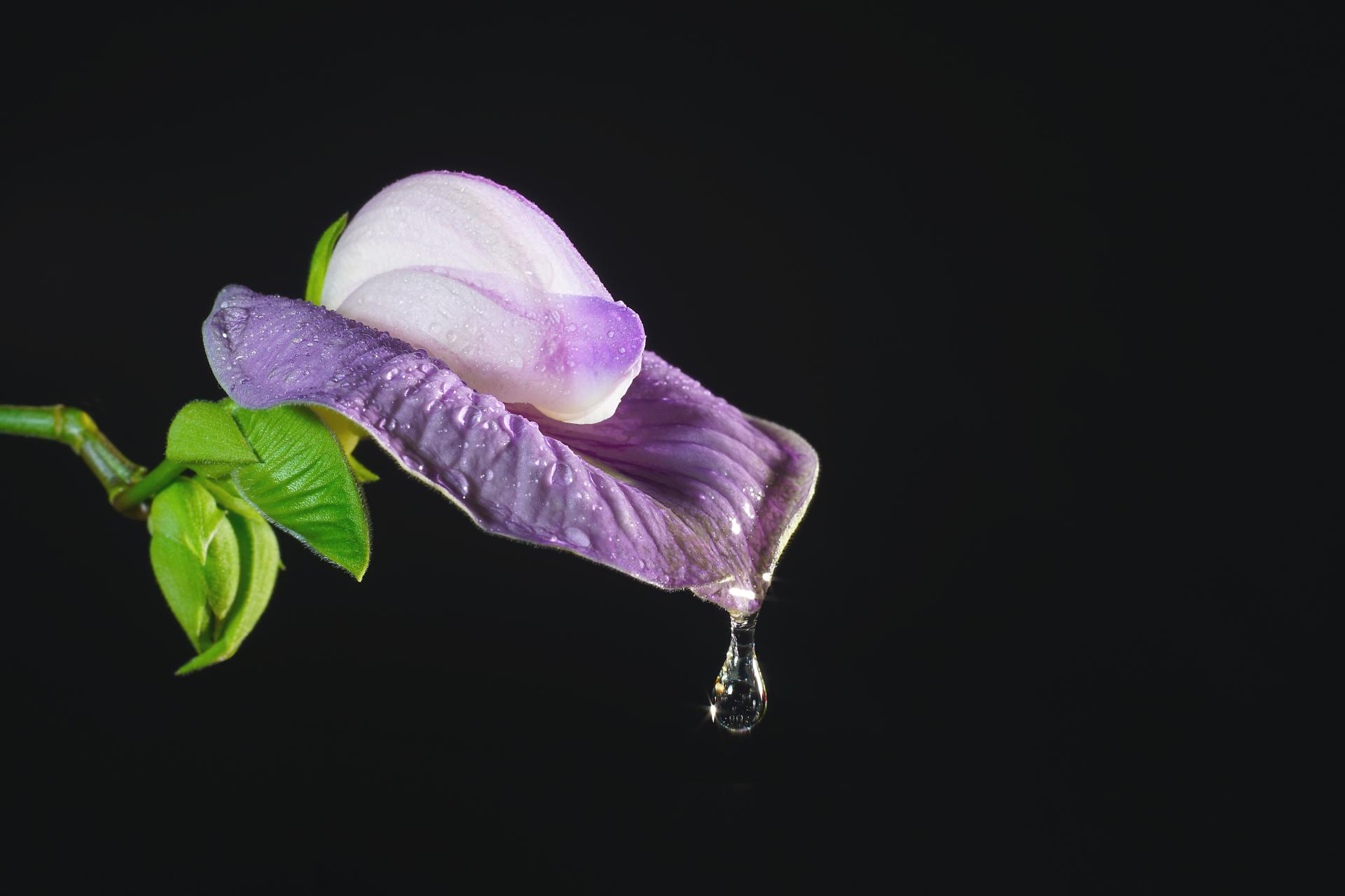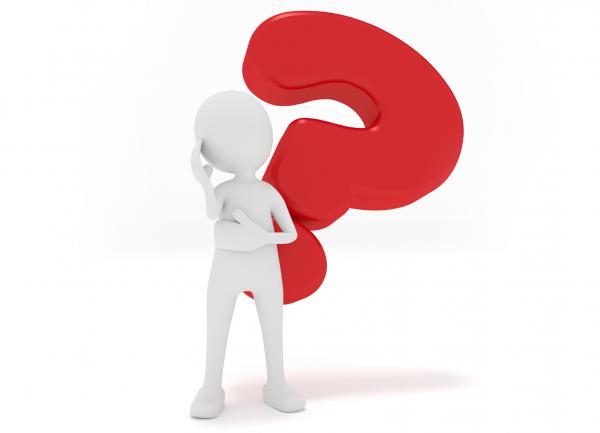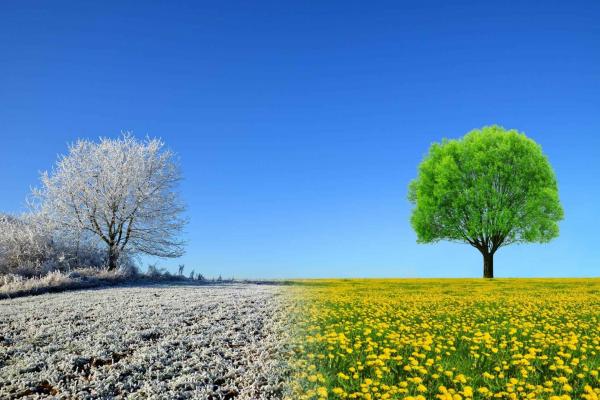Myth-Busting Squirting: The Science of Female Pleasure


The topic of female squirting is often shrouded in mystery, misconceptions, and curiosity. Is squirting real? The short answer is yes, but like most aspects of human sexuality, it’s nuanced. Let’s dive into what science, anatomy, and personal experiences reveal about squirting. Let’s start myth-busting squirting.
What is Squirting?
Squirting refers to the expulsion of fluid from a woman’s urethra during sexual arousal or orgasm. While it’s often associated with intense sexual stimulation, this varies widely from person to person.
What Does Science Say?
Research suggests that squirting involves the Skene’s glands, sometimes referred to as the “female prostate,” located near the urethra. When stimulated, these glands may release fluid, which can vary in volume and composition.
Key Findings Include:
• The Fluid Is Not Urine: While it passes through the urethra, studies show that the fluid contains components different from urine, though urine may be part of the love potion.
• Variation Is Normal: Not all women experience squirting, and those who do may not do so every time. It’s perfectly normal either way.
Myths About Squirting
1. “Every Woman Can Learn to Squirt”
While certain techniques can increase the likelihood of squirting, not every woman will, and that’s okay. Sexual satisfaction does not depend on squirting.
2. “Squirting Means an Intense Orgasm”
Squirting doesn’t always correlate with orgasm. It can happen during arousal or even without climax.
3. “Squirting Is Just Peeing”
While the fluid exits the same area as urine, its chemical makeup is different. However, it’s not uncommon for some urine to mix with the fluid.
How Can Squirting Be Achieved?
For those curious about trying to experience squirting, communication, comfort, and exploration are key:
• Stimulation: G-spot stimulation is often associated with squirting. Use fingers, toys, or techniques that focus on the area inside the vaginal wall.
• Relaxation: Tension can hinder arousal and physical response.
• Pressure: A feeling of “needing to pee” is normal and may precede squirting. Relax into the sensation rather than resisting it.
• Experimentation: Every body is different. Explore without expectations.
The Most Important Takeaway
Squirting is just one of many expressions of pleasure and doesn’t define sexual fulfillment or performance. Whether you squirt or not, the key is enjoying and embracing your unique sexual experiences without judgment.
Embracing the Experience: A Personal Perspective
Over the years, we have had the pleasure of sharing intimate moments with partners who find immense pleasure in squirting. Let me tell you—it’s an experience like no other. Not only is it a deeply satisfying and freeing sensation for the person experiencing it, but it can also be incredibly fulfilling for their partner.
There’s something about witnessing that level of uninhibited pleasure that creates a powerful connection between play partners. But here’s the thing: you have to embrace the mess. Squirting isn’t a “clean” experience, and that’s perfectly okay. With the right mindset, a towel (or two), and open communication, it becomes less about the logistics and more about the shared enjoyment.








